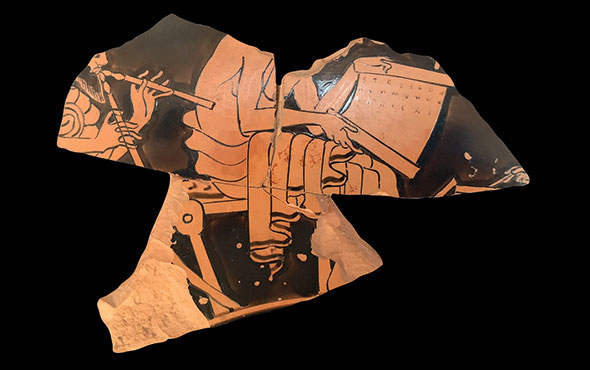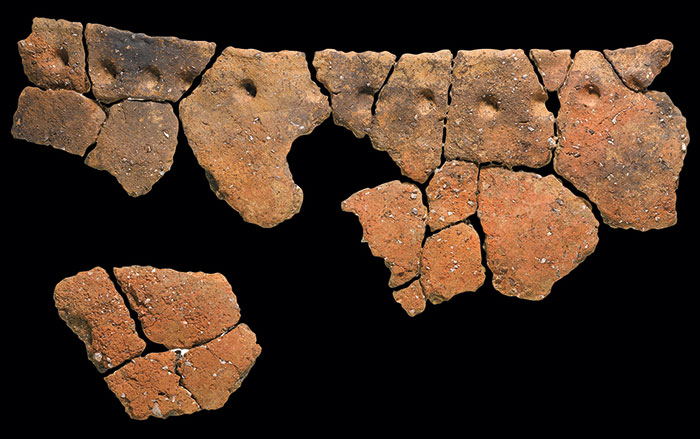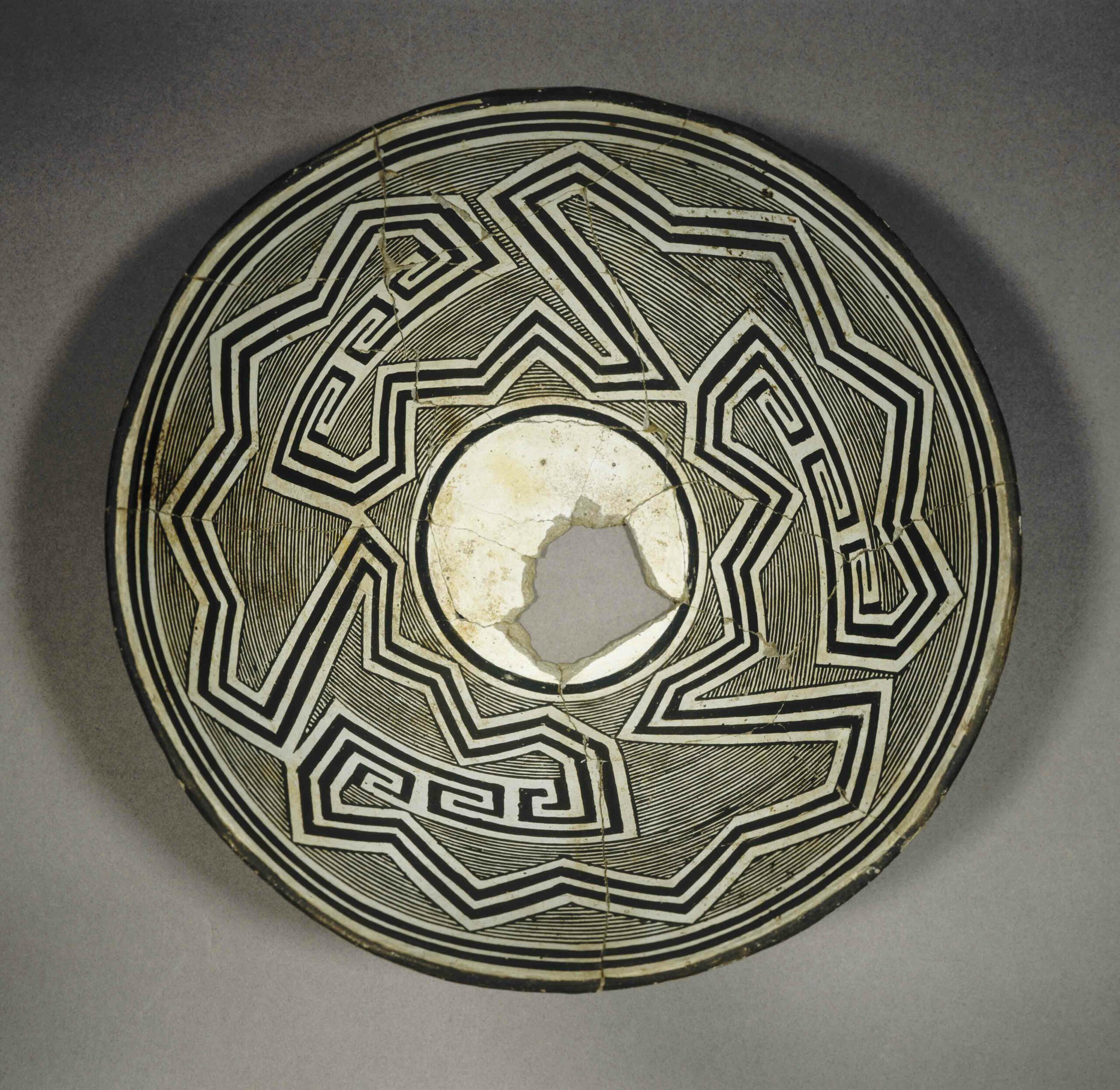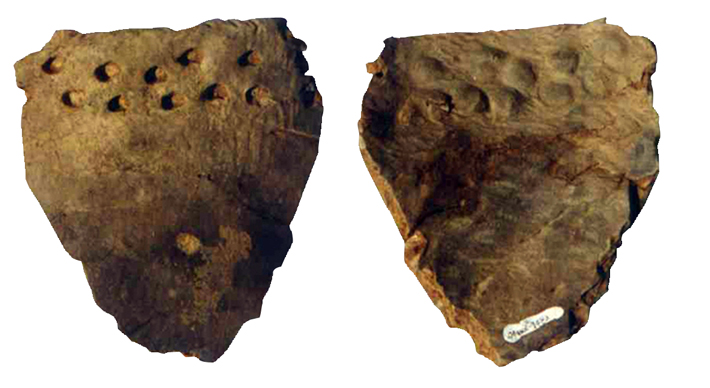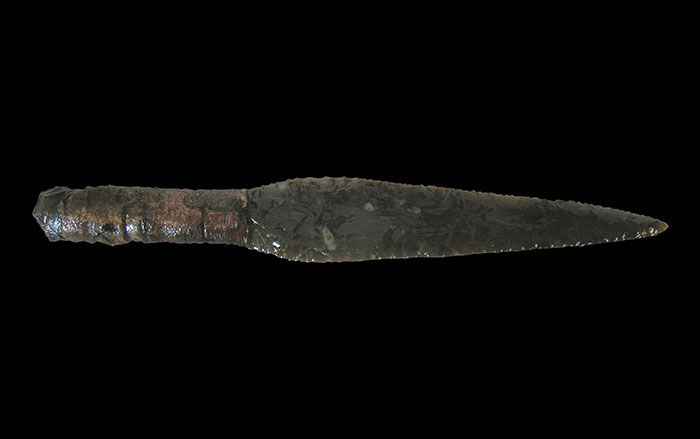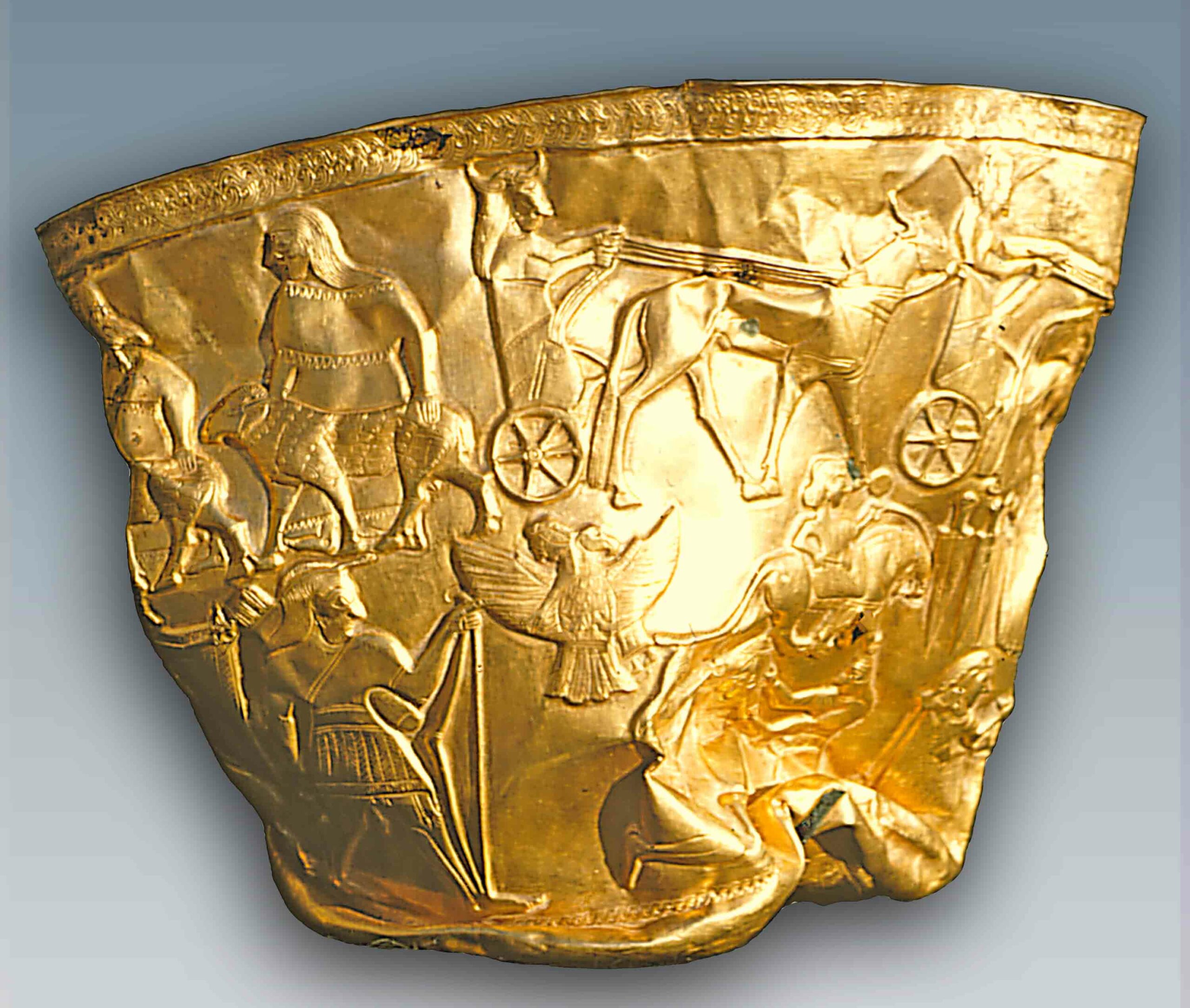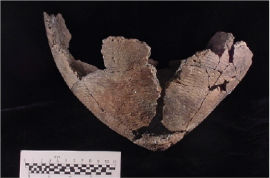
YORK, ENGLAND—Karine Taché of Queen’s College, City University of New York, undertook the analysis of residues on pottery vessels from 33 sites in northeastern North America while she was a research fellow at the University of York. Her measurements of bulk carbon and nitrogen isotopes and compound-specific isotopes, and identification of lipids in the 3,000-year-old pots showed traces of aquatic foods in most of them. “These early pottery sites are now thought to have been important seasonal meeting points for hunter-gatherer groups, drawing communities together and, especially in periods of high abundance, promoting the cooperative harvesting of aquatic resources and new social contexts for the cooking and consumption of fish,” she said. The pots were probably also used for storing fish oil. Oliver Craig of the University of York adds that similar results have been obtained elsewhere in the world, such as Japan, Northern Europe, and Alaska. “Our study points to a close association between aquatic resources and the innovation of pottery by hunter-gatherer societies,” he explained. To read about the earliest ceramics, see "First Pots."


